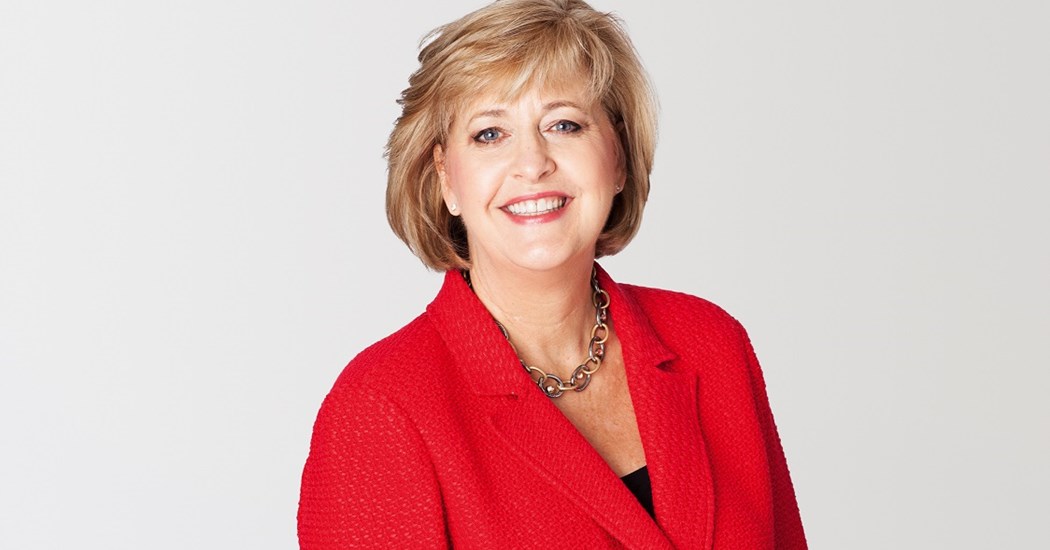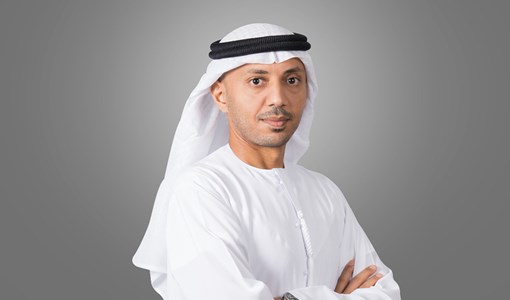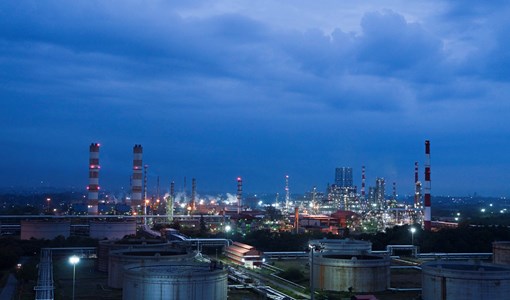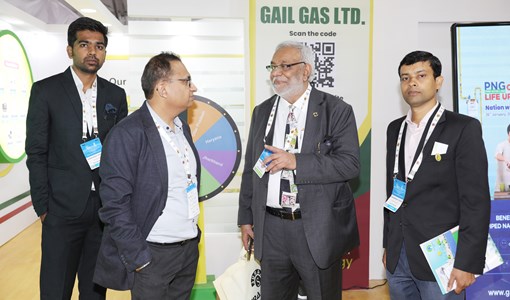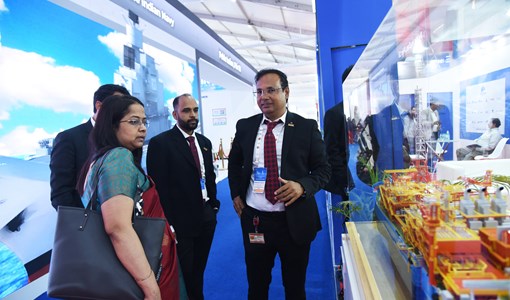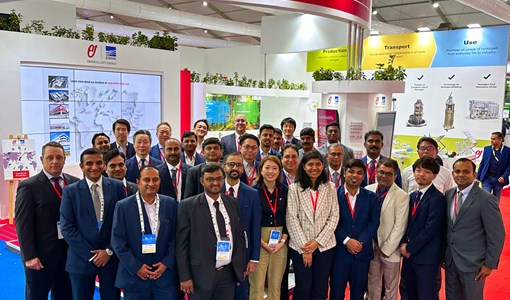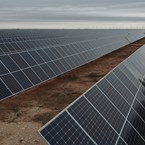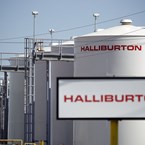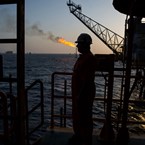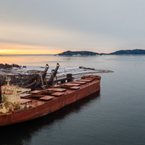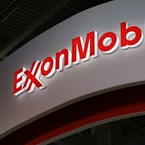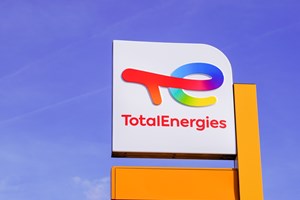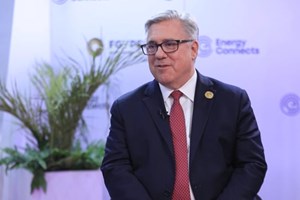U.S. forms huge part of BP 5-yr business strategy for value creation
Susan Dio, Chairman and President, BP America, on her company’s expansion plans, environmental protection and the challenge of meeting rising energy demands while also cutting down on emissions
How important is the U.S. market to BP’s global operations?
It is hugely important. BP has a larger economic footprint in the United States than it does in any other country, and we have invested more than $115 billion in the U.S. between 2005 and 2018. We work across the country, with all of BP’s major business segments represented. BP’s business activities support more than 200,000 American jobs and contribute more than $100 billion to the national economy annually.
What plans has BP for expansion in the United States?
Our U.S. business is firing on all cylinders right now. We have plans for growth in the Gulf of Mexico, in our onshore operations, in our refining and fuel retailing business and in alternative energy.
In the Upstream, we recently expanded our massive Atlantis and Thunder Horse fields, and we’re planning to add a second platform at our Mad Dog field in 2021.
Our onshore business, BPX Energy, just completed a $10.5 billion purchase of BHP’s world-class U.S. unconventionals assets in the regions of the Permian, Eagle Ford and Haynesville basins.
In the Downstream, our three U.S. refineries are running well. In retail, we opened nearly 180 BP stations last year, reintroduced the Amoco brand to better serve communities and motorists across the country and we entered into a joint venture that acquired nearly 200 Thorntons sites.
We’re also rapidly investing in new low-carbon businesses, both through our existing large Alternative Energy unit and through our BP Ventures arm, which has invested more than $400 million in dozens of U.S. companies since 2006.
Globally, BP is in its third year of our five-year strategy to continue generating value in a rapidly changing world. We remain on-track to meet our 2021 targets, and the U.S. has been a huge part of that success story so far and will remain a significant contributor to BP’s momentum. It’s really an exciting time for us.
What do you see are the major opportunities for gas and LNG in the future?
BP is the largest marketer of natural gas in North America. We believe natural gas is vital to meet what we call the “dual challenge” – meeting the world’s rising energy needs with fewer emissions.
That’s because natural gas produces about half as much CO2 emissions as coal when producing power. So, expanding its use globally is critical to reducing CO2 emissions. Gas also emits fewer pollutants, which means better air quality. What’s more, gas is an ideal, cost-effective partner to renewable energy sources, such as wind, solar and hydropower, providing a consistent back-up power source to their variability.
BP is committed to producing gas safely and in an environmentally responsible way and getting it where it needs to go. Of course, a big part of that story is LNG. That’s why, globally, we are building a 25 mtpa LNG portfolio by 2025, up from around 13 mtpa today, through a combination of equity and merchant LNG. Here along the US Gulf Coast, we have merchant LNG arrangements with future LNG projects including Freeport and Venture Global, totaling more than 6 mtpa.
And what are the greatest challenges?
One of the greatest challenges is controlling methane emissions. We at BP have advocated for direct federal regulation by EPA of methane emissions from new and existing sources. As you know, methane is the primary component of natural gas. It has a shorter lifetime in the atmosphere than CO2 but higher global warming potential. That’s why we’re taking action to drive down methane emissions throughout our business. Last year BP announced an industry-leading methane intensity target of 0.2 per cent, a target praised by the Environmental Defense Fund and others for its stringency, and we are holding emissions to that goal.
In our U.S. onshore operations, we have replaced around 99 per cent of our high-bleed pneumatic controllers with continuous low-bleed and intermittent pneumatic controllers, and are deploying drones and other new remote leak-detection technologies.
What would you like to take away from Gastech?
The world needs more energy, with fewer emissions. BP is committed to playing our part in advancing the energy transition, however challenging. We’ve transformed ourselves many times over our 110-year history, and we’re in the middle of doing it again. But this time, no company can bring the changes we need on its own. Success in achieving a low-carbon future requires new and greater levels of collaboration across our industry, with consumers and governments, all aided by improved technology and well-designed policies.
Those are the conversations we want to have here, and those are the conversations we believe will move us all forward.
_______________________________________________________________________
Susan Dio will be speaking at Gastech on September 17 at 14:00 as part of the Global Business Leaders’ Panel “New Strategies for securing growth, embracing a combined portfolio of hydrocarbons and renewables and securing position in the low carbon future”
KEEPING THE ENERGY INDUSTRY CONNECTED
Subscribe to our newsletter and get the best of Energy Connects directly to your inbox each week.
By subscribing, you agree to the processing of your personal data by dmg events as described in the Privacy Policy.

Energy Workforce helps bridge the gender gap in the industry
Mar 08, 2024
EGYPES Climatech champion on a mission to combat climate change
Mar 04, 2024
Fertiglobe’s sustainability journey
Feb 29, 2024
P&O Maritime Logistics pushing for greater decarbonisation
Feb 27, 2024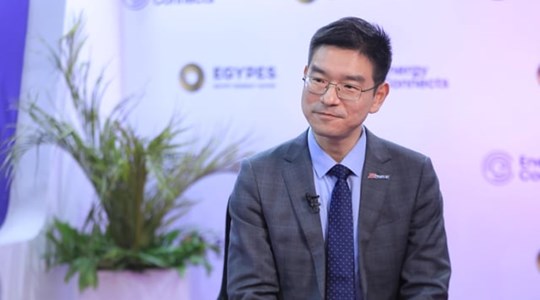
Neway sees strong growth in Africa
Feb 27, 2024
India’s energy sector presents lucrative opportunities for global companies
Jan 31, 2024
Oil India charts the course to ambitious energy growth
Jan 25, 2024
Maritime sector is stepping up to the challenges of decarbonisation
Jan 08, 2024
COP28: turning transition challenges into clean energy opportunities
Dec 08, 2023
Why 2030 is a pivotal year in the race to net zero
Oct 26, 2023Partner content

Ebara Elliott Energy offers a range of products for a sustainable energy economy

Essar outlines how its CBM contribution is bolstering for India’s energy landscape

Positioning petrochemicals market in the emerging circular economy

Navigating markets and creating significant regional opportunities with Spectrum


